WADING BIRDS |
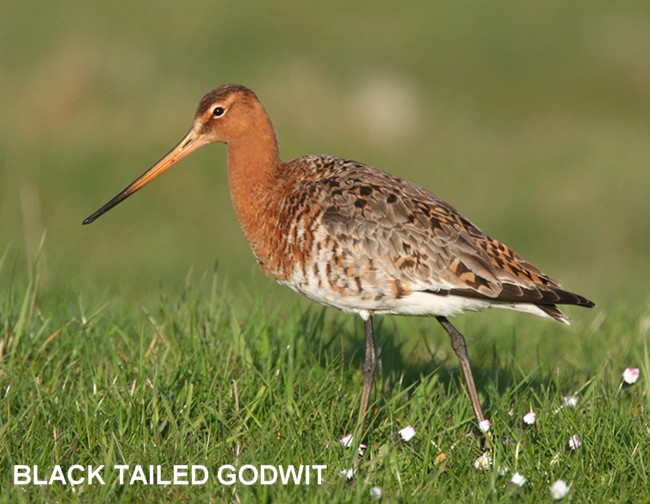
Limosa limosa
Habitat:Breeds on wet meadows. On passage and winter found on marshes and muddy estuaries.
Diet: Prey includes beetles, flies, grasshoppers, dragonflies, mayflies, caterpillars, annelid worms and molluscs.
|
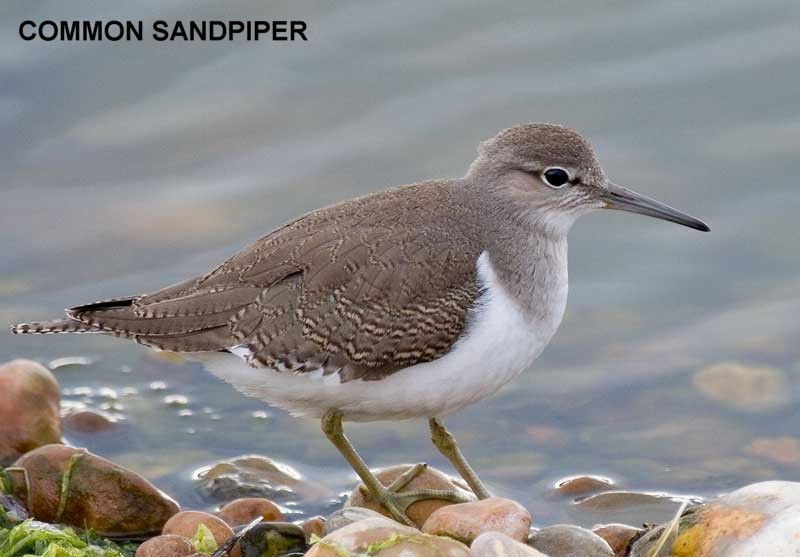
Actitis hypoleucos
Habitat:Along fast rivers and by lakes, lochs and reservoirs.
Diet:Insects
|
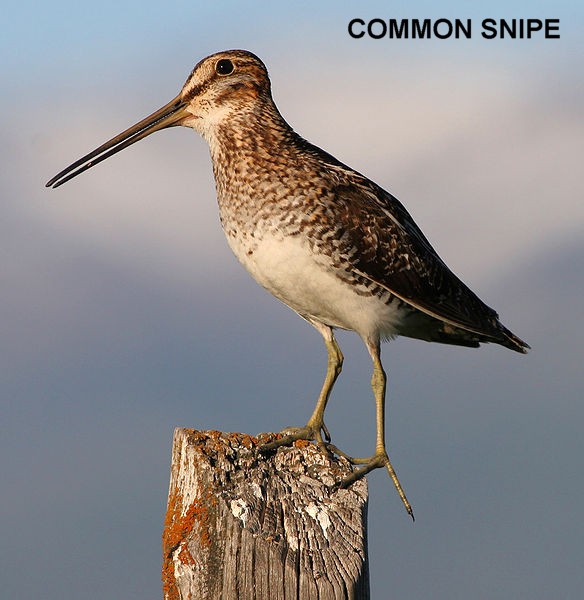
Gallinago gallinago
Habitat:Moorland and around the edges of pools in well-vegetated wetlands.
Diet:Small invertebrates, including worms and insect larvae.
|
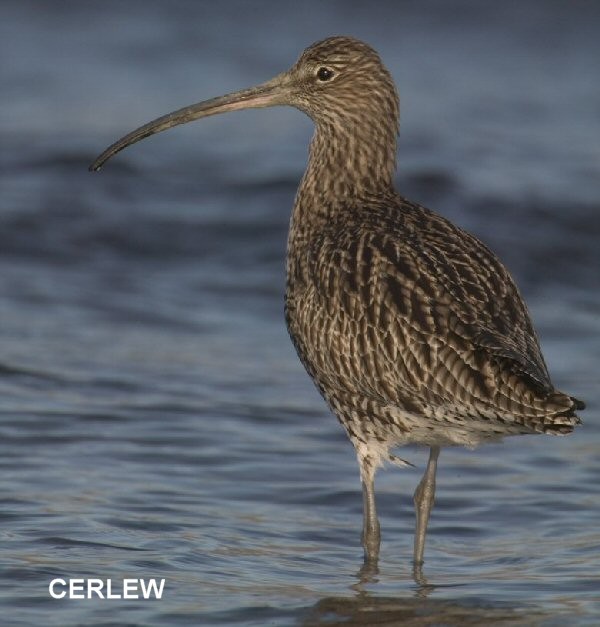
Numenius arquata
Habitat:Breeds on moors, boggy heaths, upland pasture. In winter, distribution is mainly coastal, especially the large estuaries, except in Ireland
where many winter inland.
Diet:Worms, shellfish and shrimps.
|
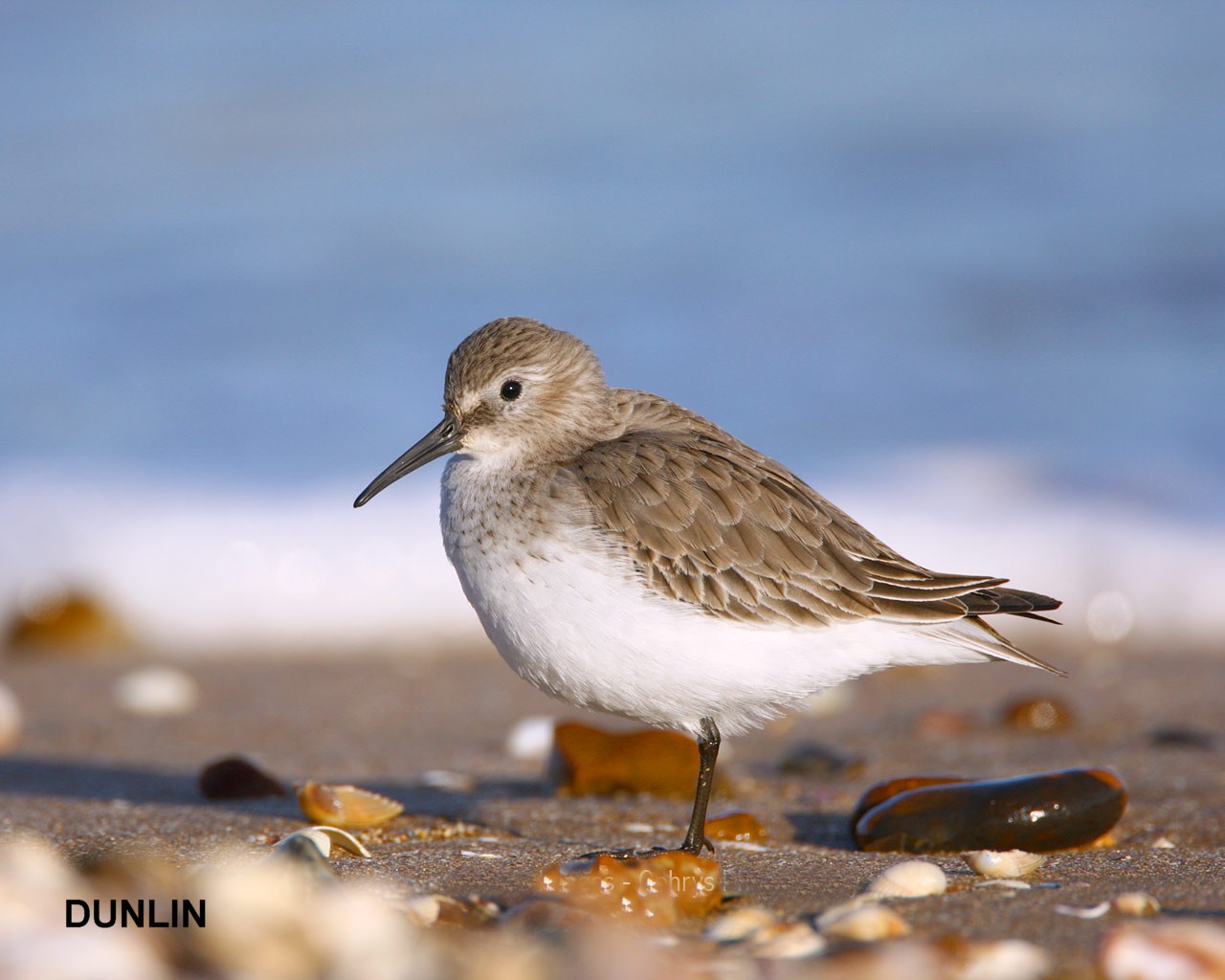
Calidris alpina
Habitat:Breeds on grassy moorland and peat bogs. Winters on estuaries, saltmarshes and sandy shores.
Diet:Insects, snails and worms.
|
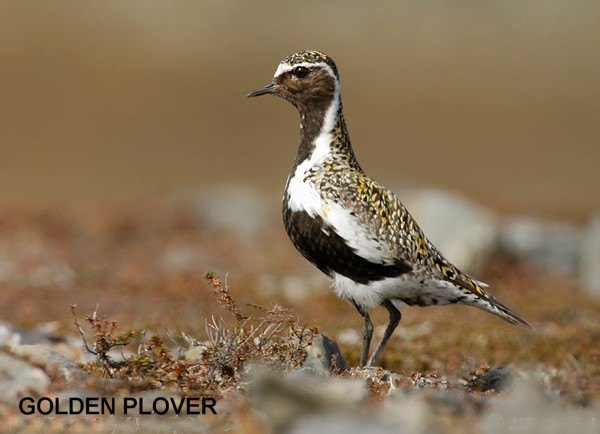
Pluvialis apricaria
Habitat:Tundra, wet moor, on migration pasture & estuaries
Diet:Worms and beetles
|
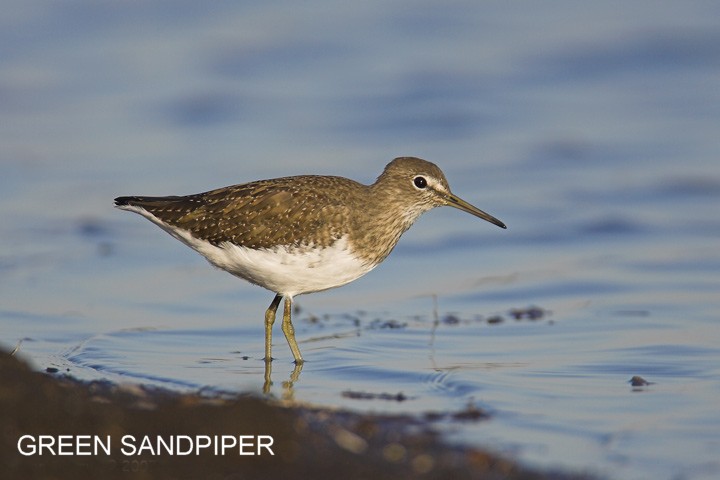
Tringa ochropus
Habitat:Any freshwater margins - marshes, lakes, gravel pits and rivers. In winter it likes sewage works, watercress beds and freshwater marshes.
Diet:Insects
|
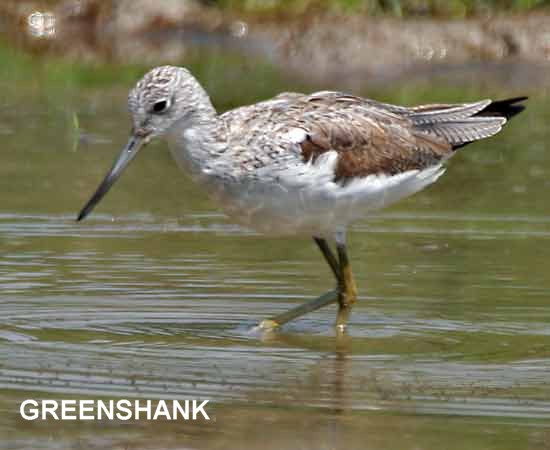
Tringa nebularia
Habitat:Inland around lakes and freshwater marshes, as well as at coastal wetlands and estuaries, with the largest numbers close to the coast.
Diet:Worms, snails and fish
|
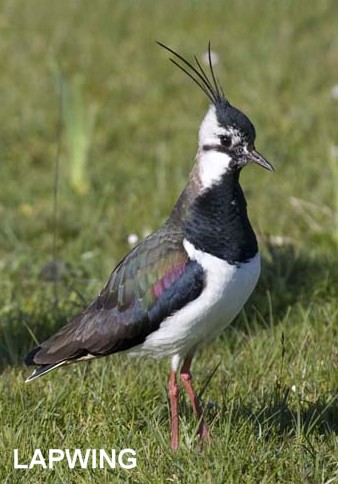
Vanellus vanellus
Habitat:Lapwings are found on farmland and permanent unimproved pasture, meadows and fallow fields. They can also be found on wetlands with short vegetation.
Diet:They feed on invertebrates, such as earthworms, beetles, flies and caterpillars that are on or close to the surface.
|
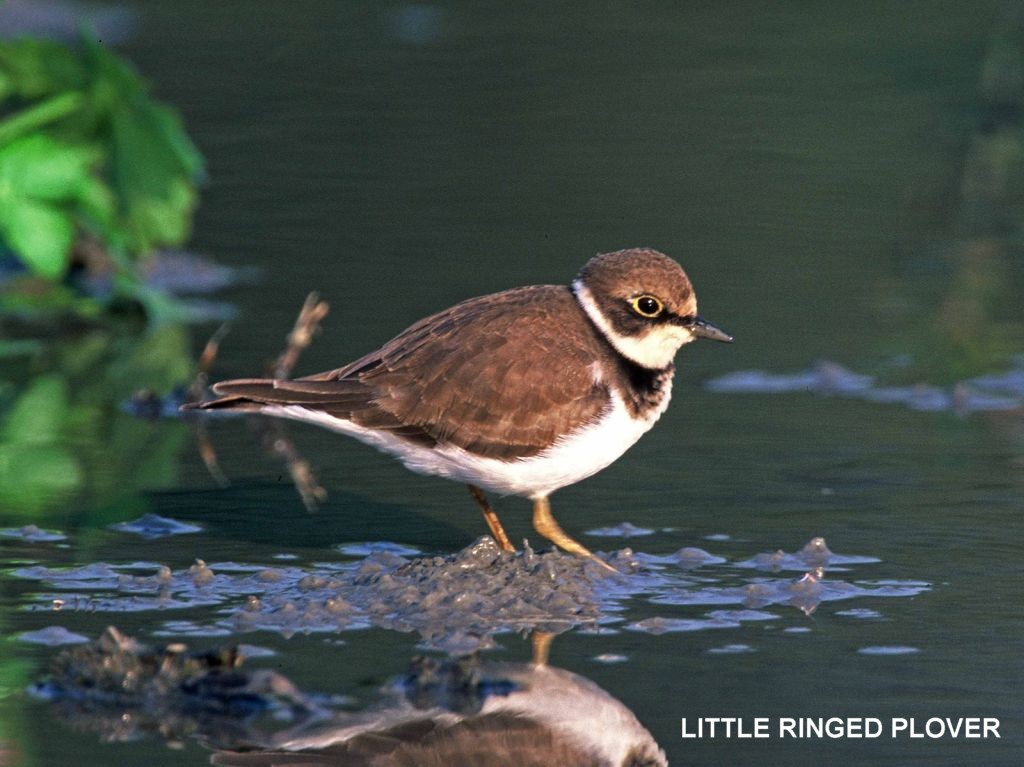
Charadrius dubius
Habitat: Gravel pits, reservoirs, sewage works and shingle river banks.
Diet:Insects
|
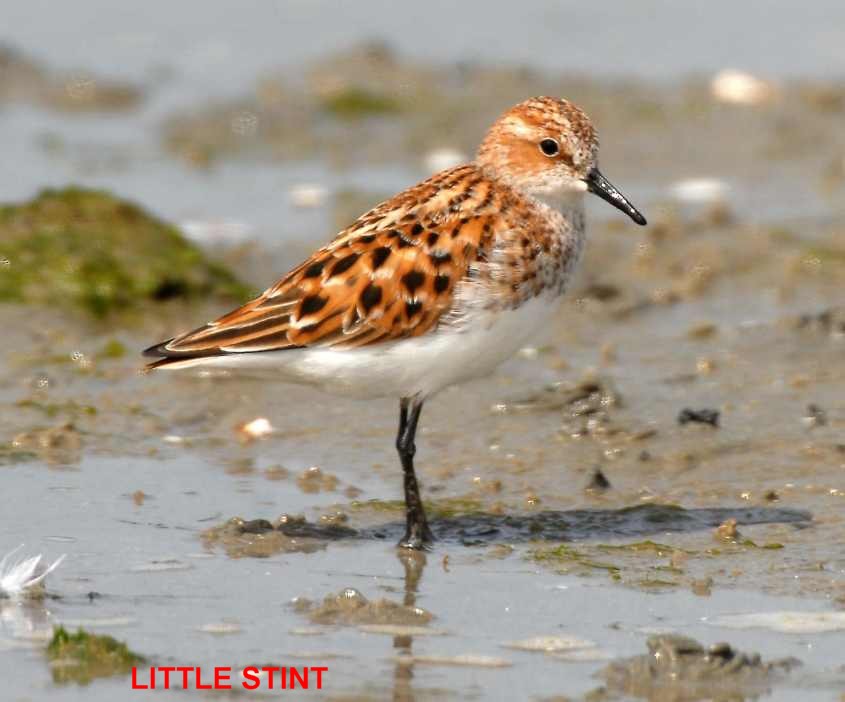
Calidris minuta
Habitat:Mudflats and saltmarsh.
Diet:Mainly insects; also crustaceans and molluscs
|
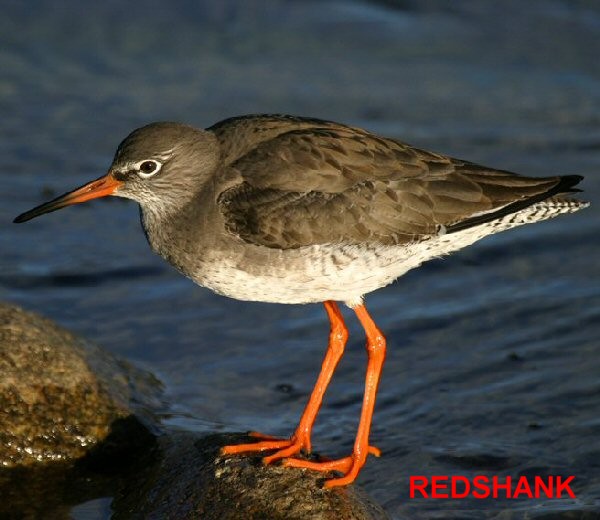
Tringa totanus
Habitat:Breeds on wetlands, moorland, water-side meadows, both coastal and inland. In winter, most found on tidal estuaries and mudflats.
Diet:Insects, earthworms, molluscs, crustaceans.
|
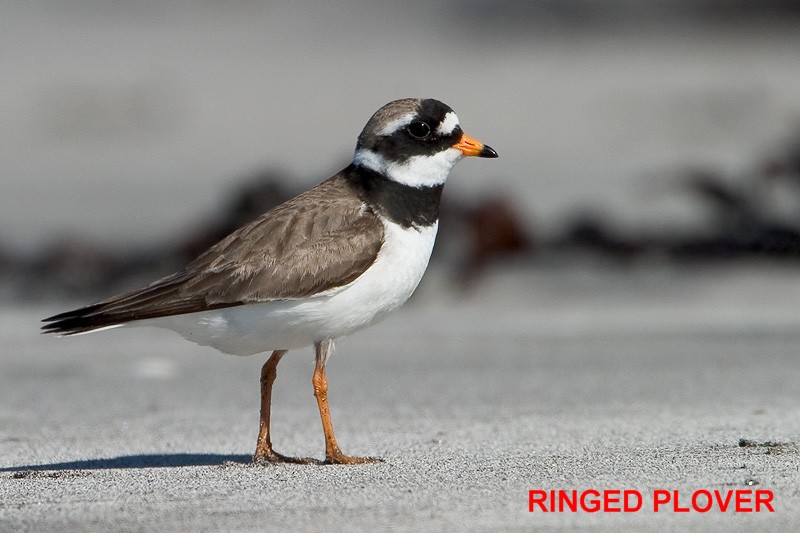
Charadrius hiaticula
Habitat: Breeds on shingle or sand by the coast and occasionally on inland sites such as gravel pits.
Diet:Flies, spiders, marine worms, crustaceans, molluscs.
|
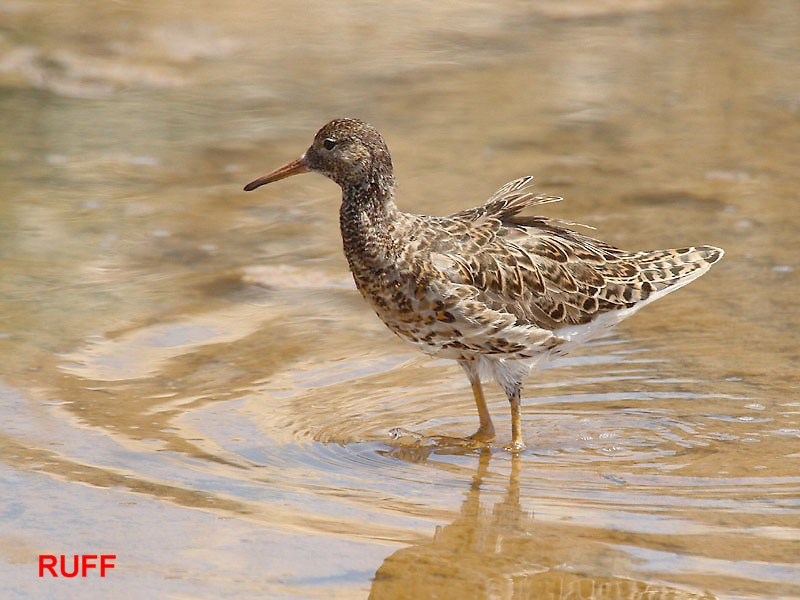
Philomachus pugnax
Habitat:Breeds in grassy fields. Winters on estuaries and marshes.
Diet:Insects, larvae, frogs, small fish, seeds
|
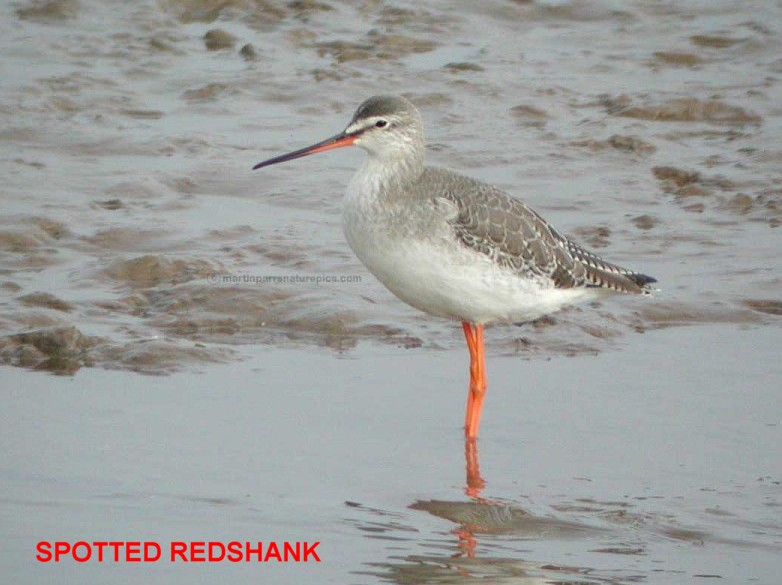
Tringa erythropus
Habitat:Freshwater and coastal marshes, lakesides, estuaries and lagoons.
Diet:Insect larvae, shrimps and worms
|
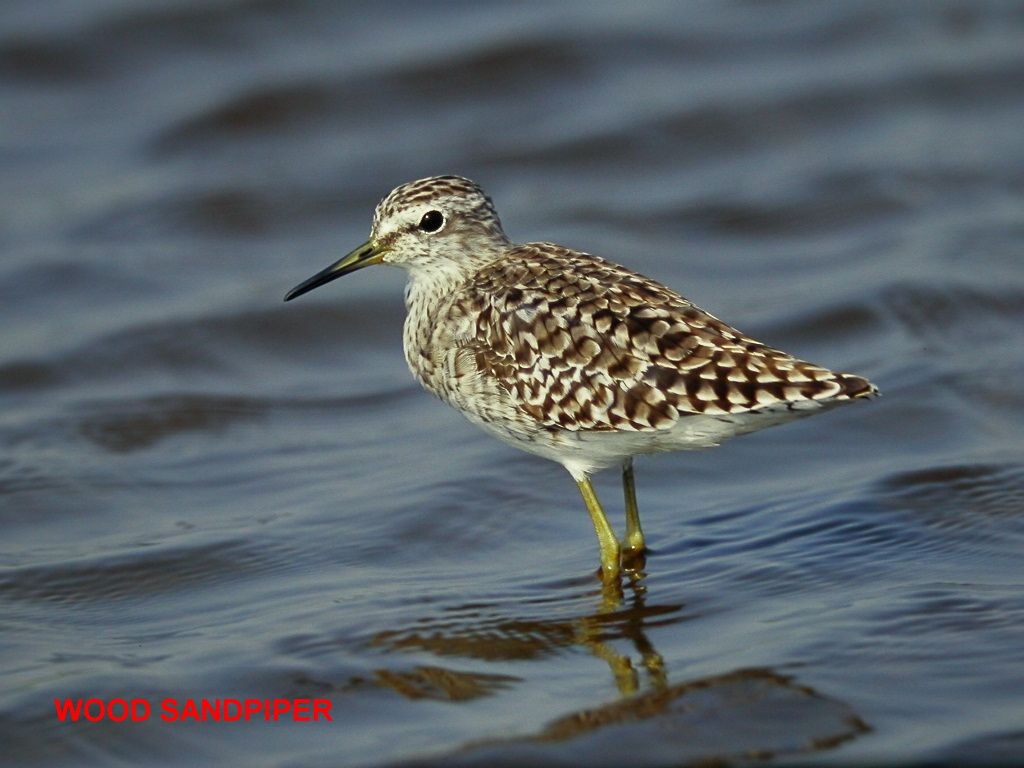
Tringa glareola
Habitat:Occurs on passage beside freshwater lagoons, lakes and marshes.
Diet:Insects, worms, spiders, shellfish and small fish.
|
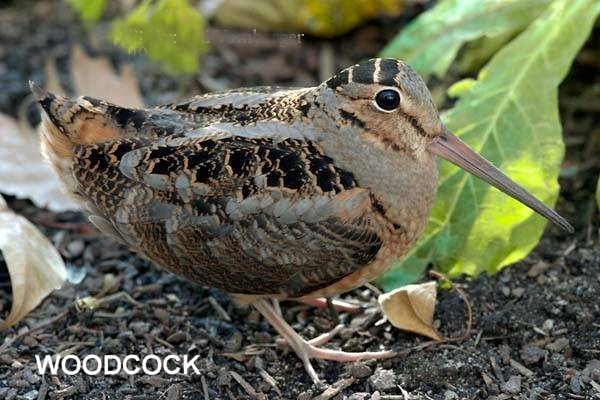
Scolopax rusticola
Habitat:Breeds and winters in woodland with ground cover and damp areas. Feeds in nearby fields after dusk.
Diet:Worms, beetles, spiders, caterpillars, fly larvae and small snails.
| GreyHeron
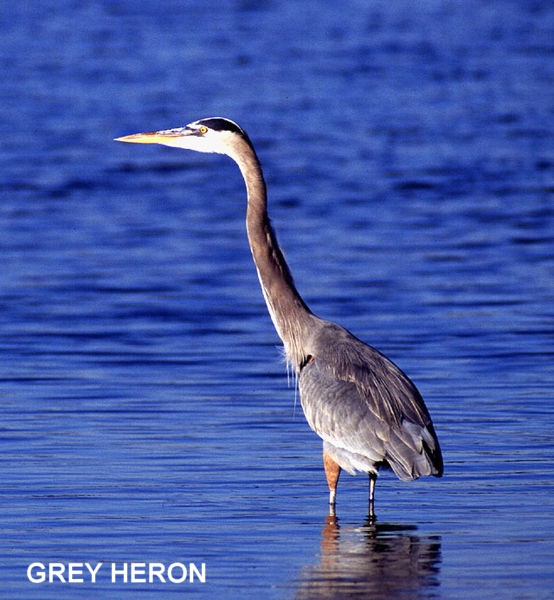
Ardea cinerea
Habitat:Wetland marshes, gravel pits, reservoirs, lakes and rivers and estuaries. Usually seen standing silently at the water's edge, waiting for prey.
Will come to gardens with ornamental fish ponds and fish farms.
Diet:Mainly fish
|

